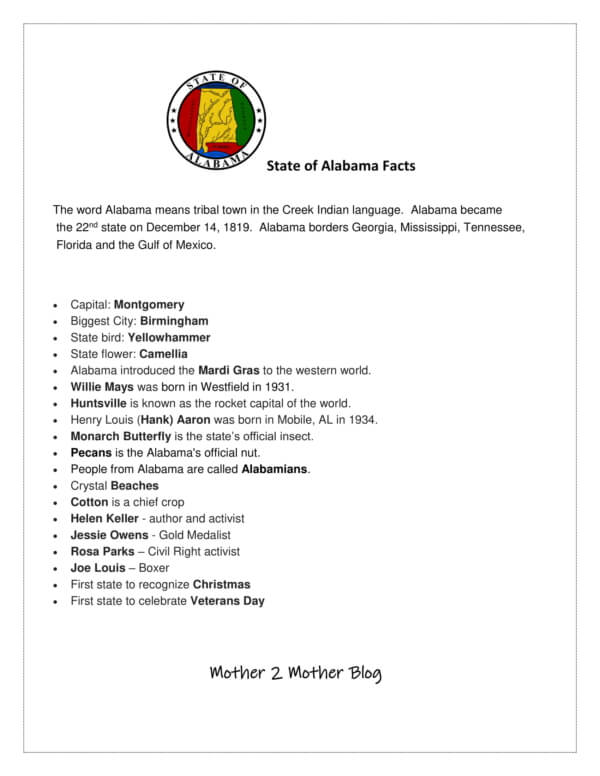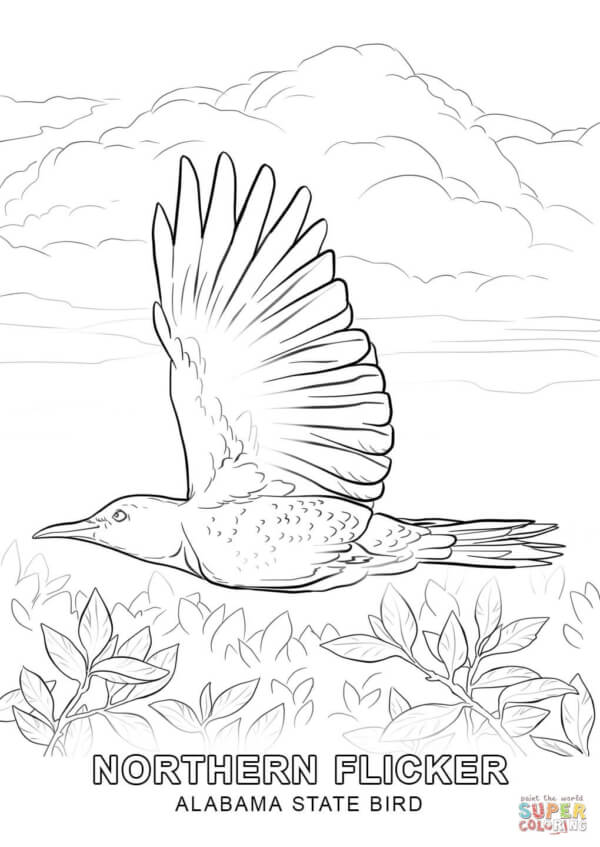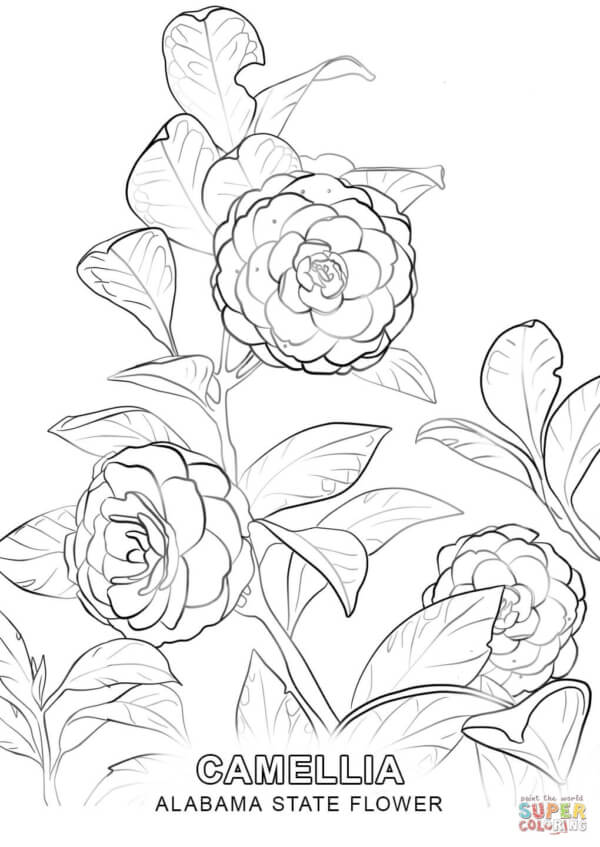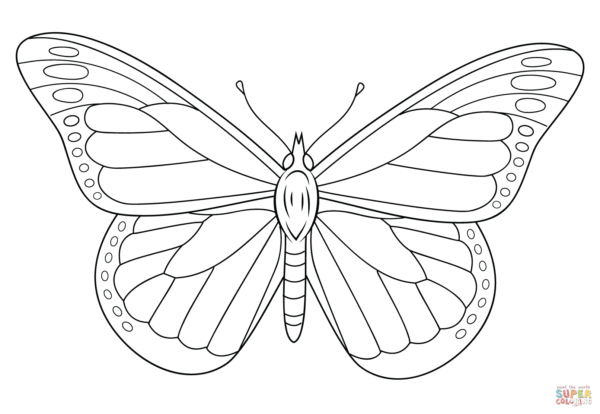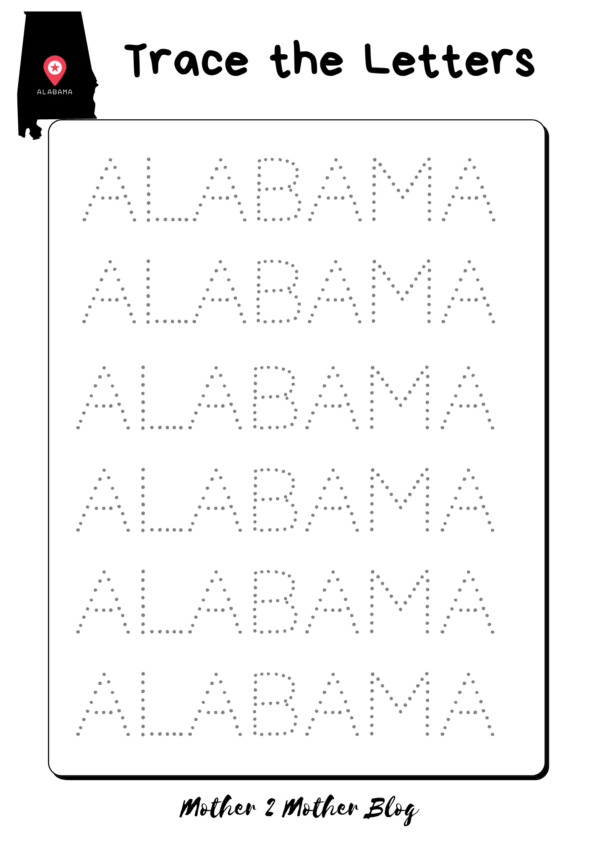Do you know the history of Mother’s Day. Today, I’m sharing homeschooling tips and kids printables on the History of Mother’s Day for kids. Each year we celebrate mothers; however, very few people know its history. So, I researched the history and I thought I would share it with you.
First, the history of Mother’s Day can be taken back to Ann Marie Reeves Jarvis who was born in Culpeper, Virginia, September 30, 1832. She moved to Philippi, WV with her mother and father. Ann’s father was a Methodist minister who was transferred to the area.
Next, Ann later married the son of a Baptist minister. She became known as Mother Jarvis. Her husband ran a mercantile and she was a Appalachian homemaker who taught Sunday School. Furthermore, she lead a Mother’s Day Work Club who’s mission was to teach mother’s how to eliminate unsanitary living conditions. Additionally, she taught them how to take care of their children safely. After Mother Jarvis’ husband passed away, she moved to Philadelphia with to live with her daughter and to be close to her sons. Sadly, Mother Jarvis passed away in 1905 from heart problems.
Anna Jarvis Founder of Mother’s Day:
Anna Jarvis, Mother Jarvis’ daughter, was the founder of Mother’s Day. She attended the Augusta Female Seminary in Staunton, Virginia. Today it is known as Mary Baldwin College. After Anna completed college, she returned to her mother in West Virginia. She worked in the school system and became involved in church.
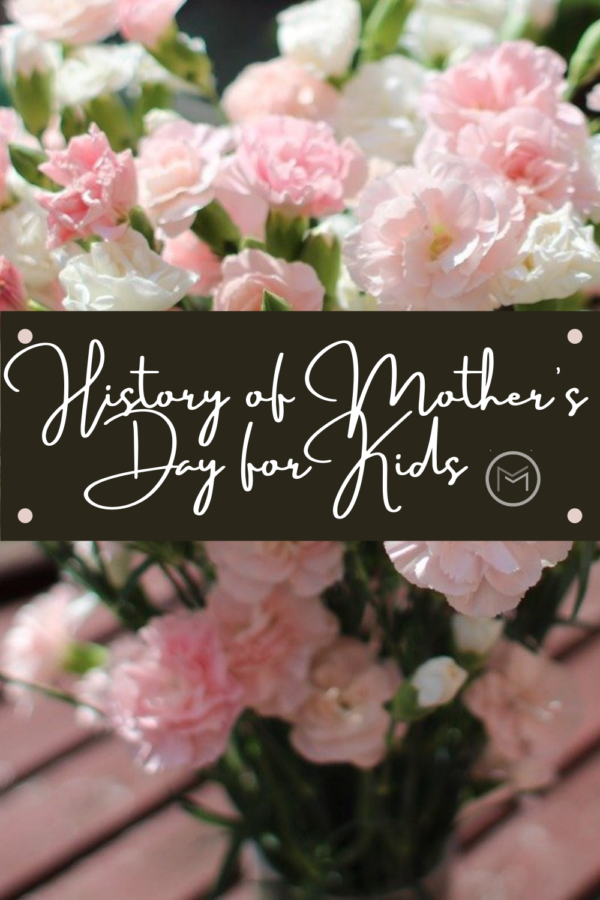
History of Mother’s Day:
Several years after Anna’s mother passed away, she held a memorial ceremony to honor her and all mothers at Andrews Methodist Episcopal Church in Grafton, West Virginia. The church built a shrine and dedicated it to all mothers in the church on May 10, 1908. Anna did not attend, but she sent 500 white carnations for those who did. From there the idea of honoring mothers annually became a mission for her. Anna Jarvis spent countless hours working to have Mother’s Day recognized as a holiday. During her campaign, the holiday spread throughout the United States and internationally. In 1914, Woodrow Wilson officially proclaimed Mother’s Day a national holiday.
Print my History of Mother’s Day Fact Sheet and use as a part of your homeschool or extra educational activities.
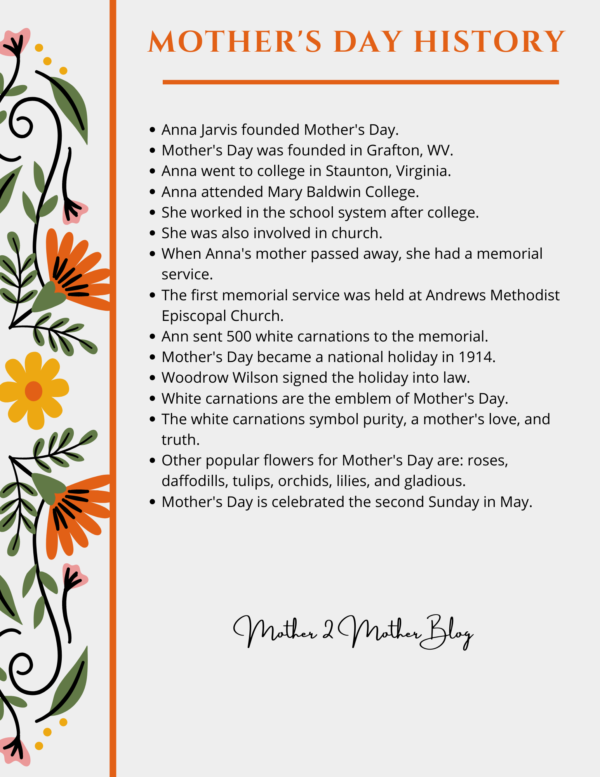
Emblem of Mother’s Day
Furthermore, the white carnation is seen as the emblem of Mother’s Day. In Anna Jarvis’ words, “Its whiteness is to symbolize the truth, purity and broad-charity of mother love; its fragrance, her memory, and her prayers. The carnation does not drop its petals, but hugs them to its heart as it dies. So, it symbols mothers hugging their children to their hearts, their mother’s love never dying. “When I selected this flower, I was remembering my mother’s bed of white pinks”. – Anna Jarvis.
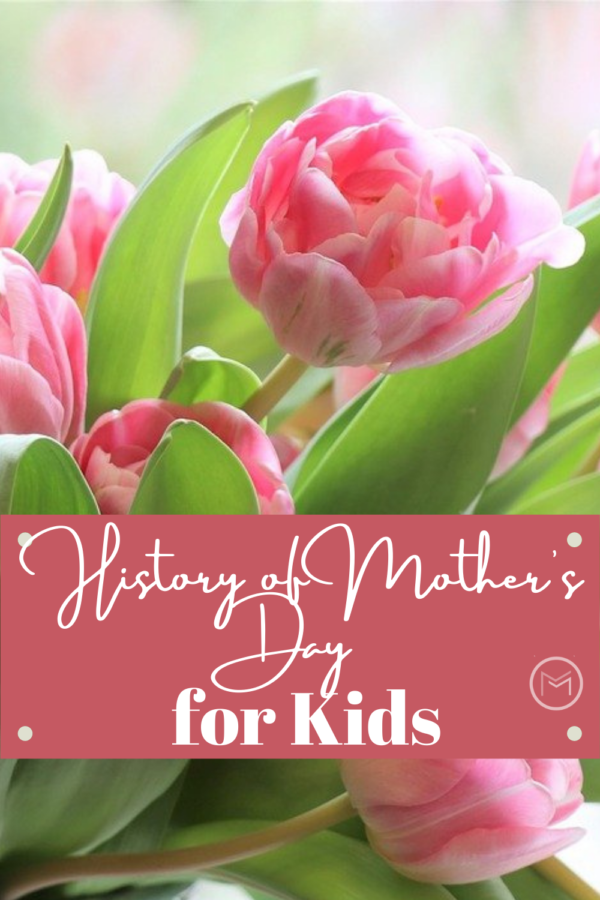
Popular Flowers for Mother’s Day:
- Tulips – Meaning perfect, love and charity
- Roses – meaning love and appreciation
- Daffodils – meaning rebirth and new beginnings
- Gladiolus – meaning strength of character and integrity
- Orchids – meaning love and rare beauty
- Lilies – Meaning virtue, prosperity and motherhood
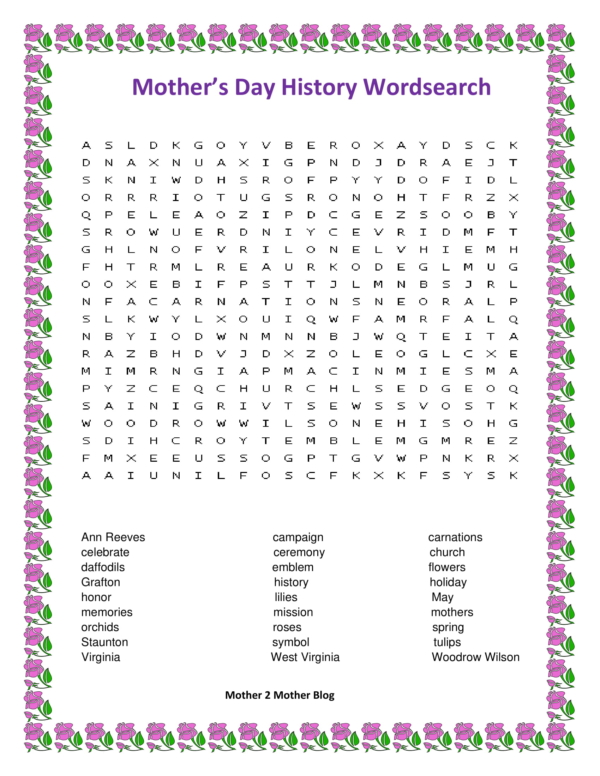
Finally, you have the history of Mother’s Day. And, I wish each mother a Happy and Blessed Mother’s Day. My children will be visiting this week, and my son-in-law will be preparing dinner for all the mothers in the family. This act is a token of his love for me and a reminder of my greatest role, a mother.
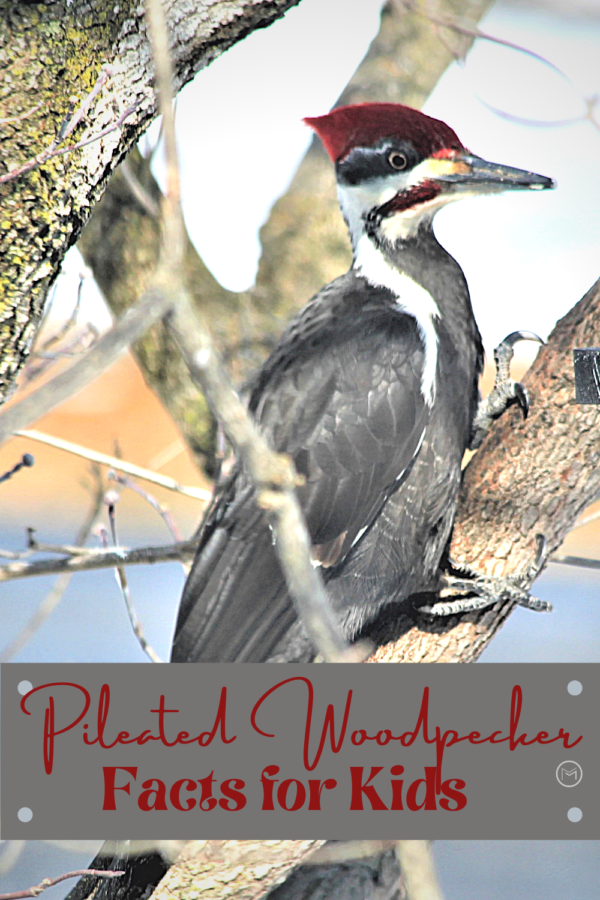
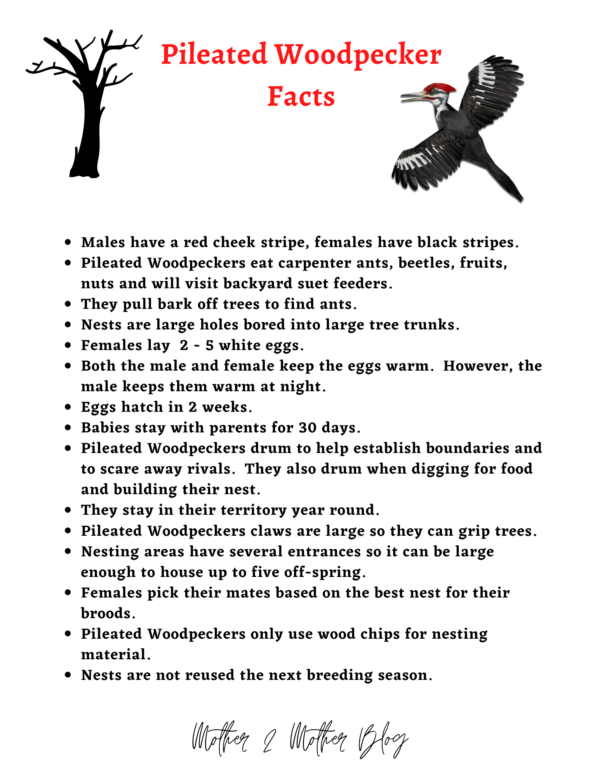
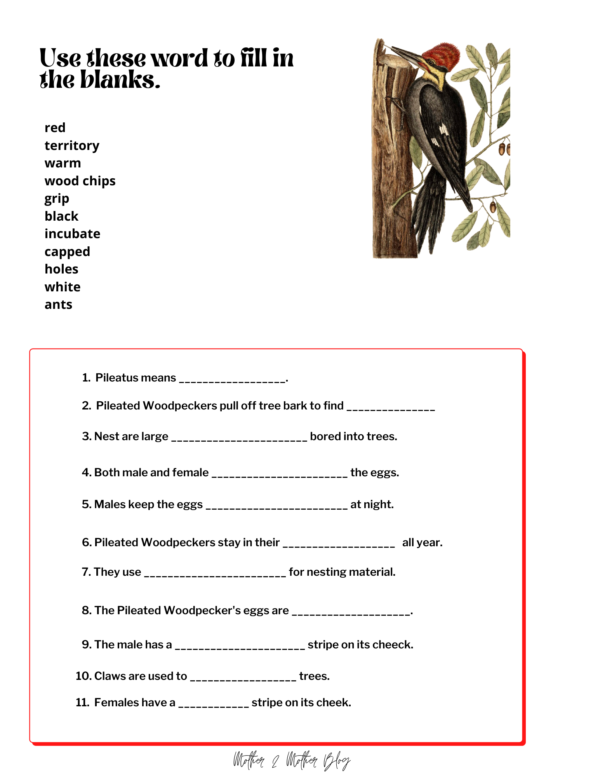
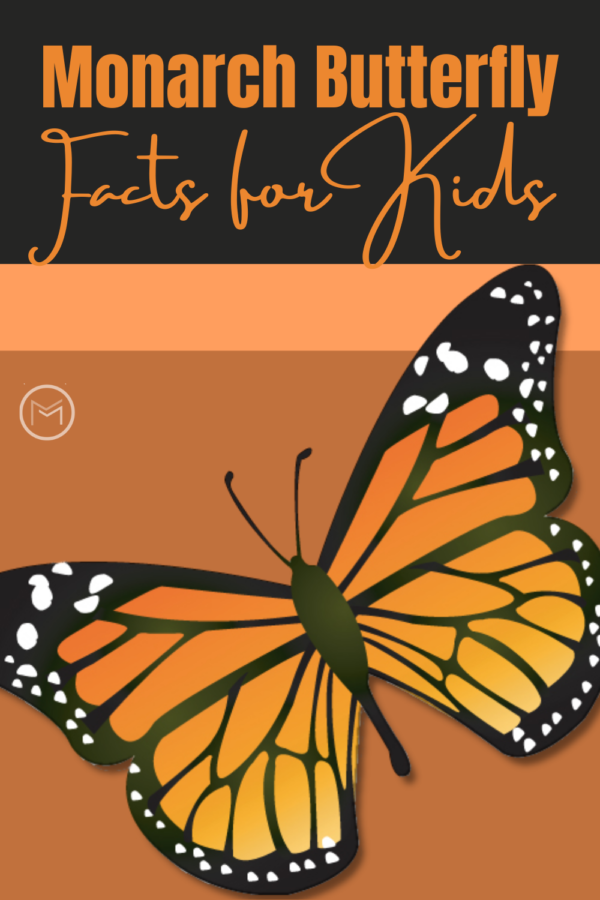
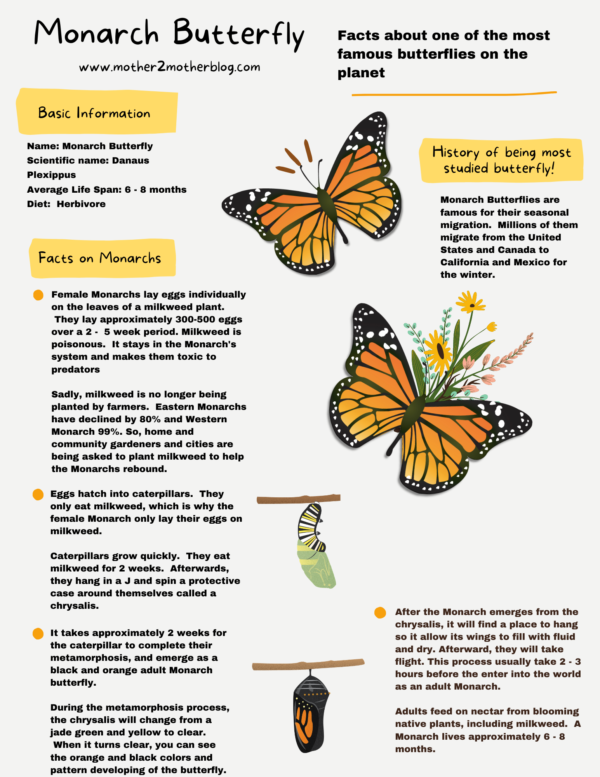
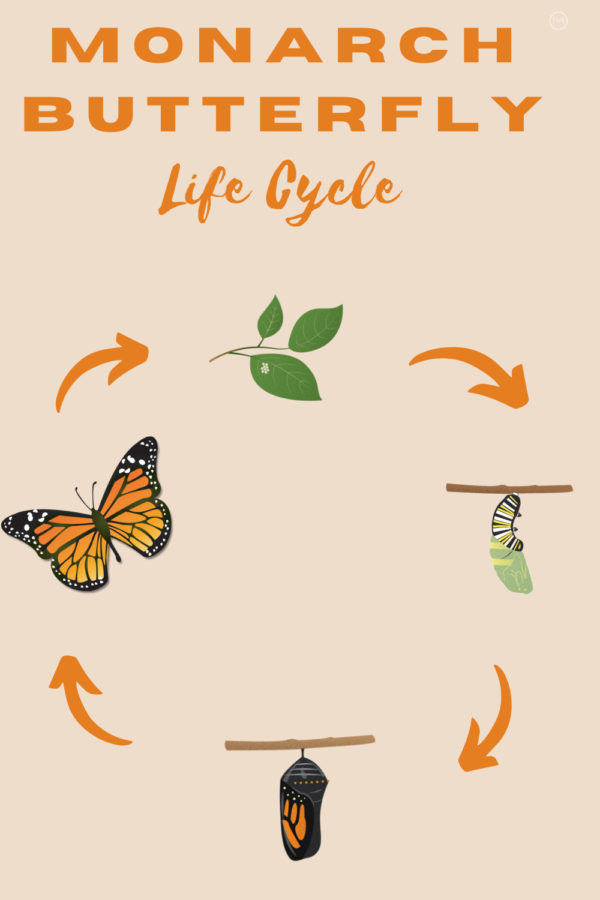
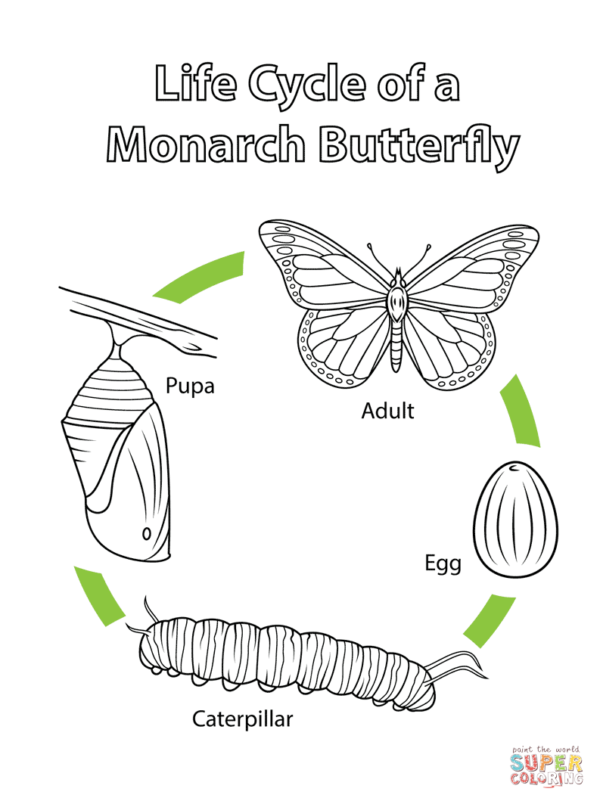
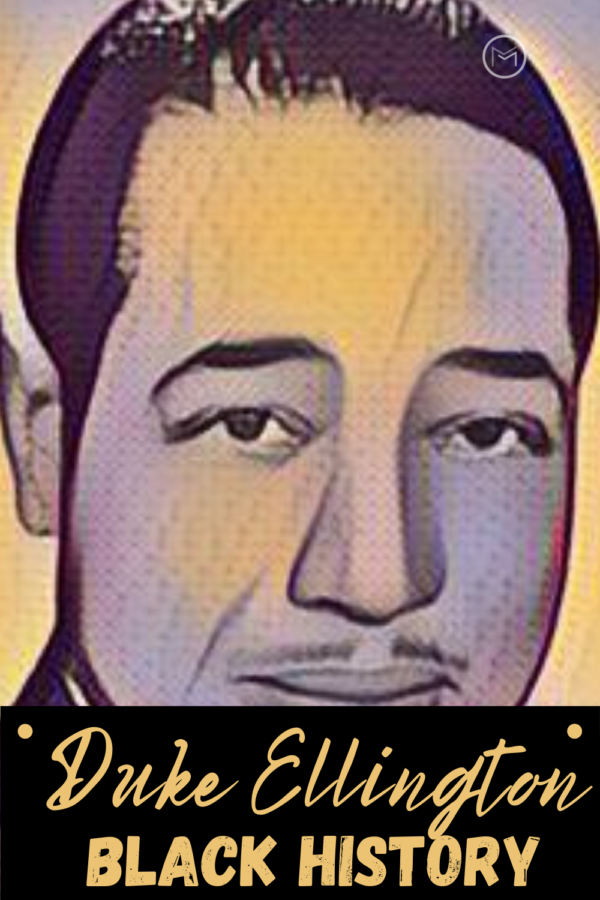
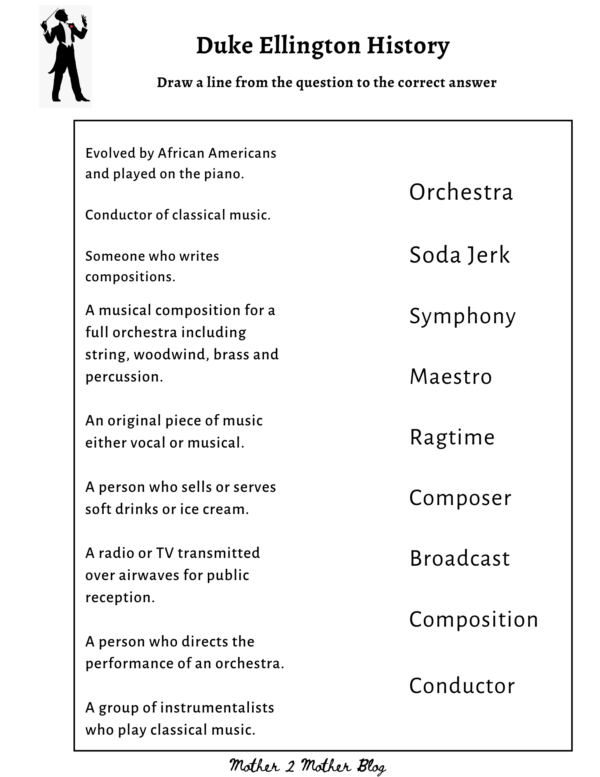
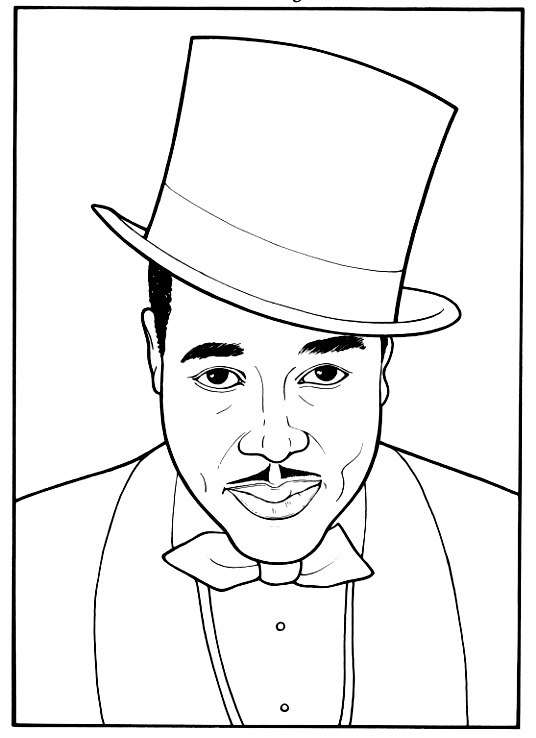
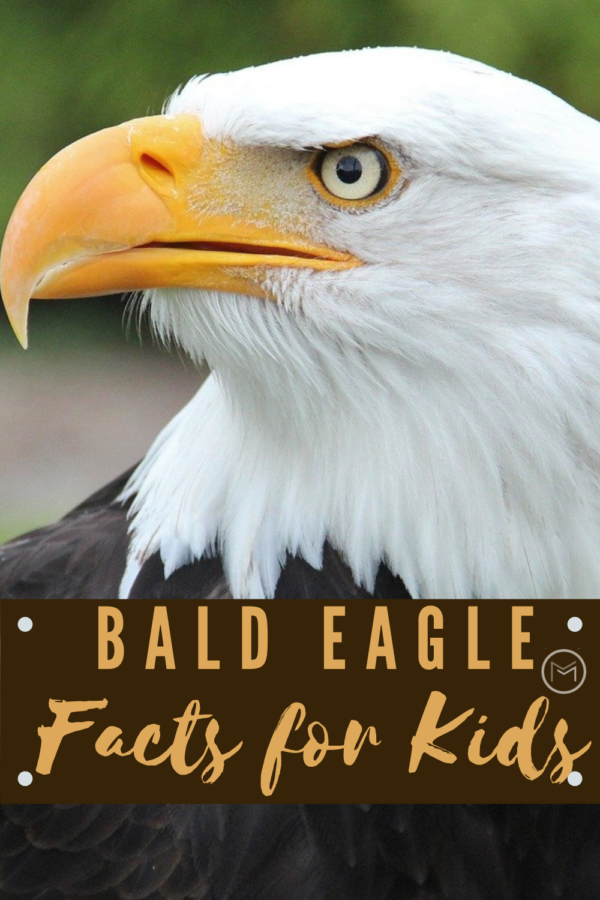
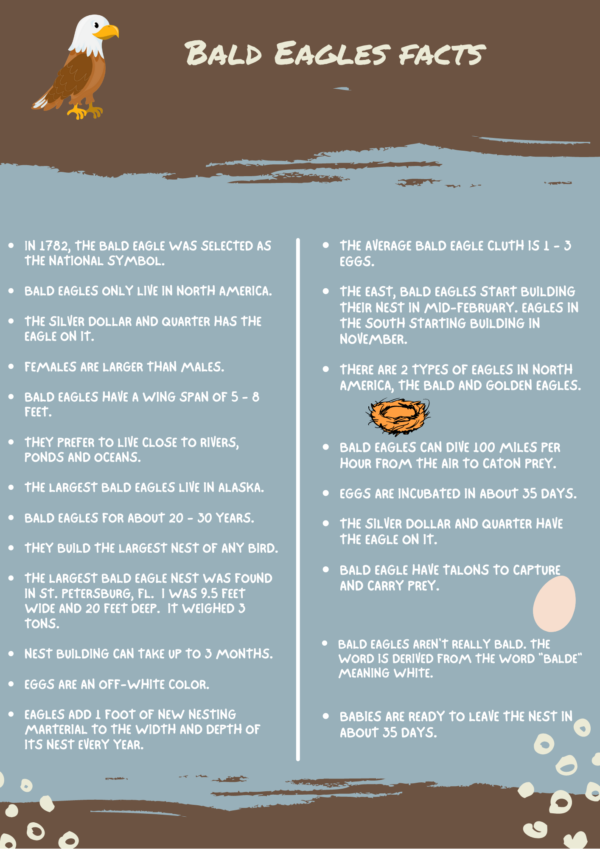
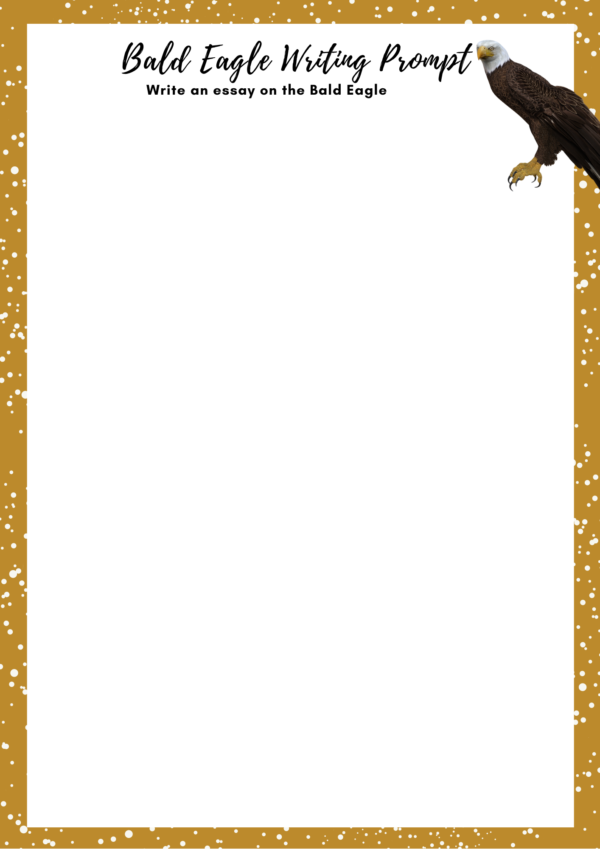
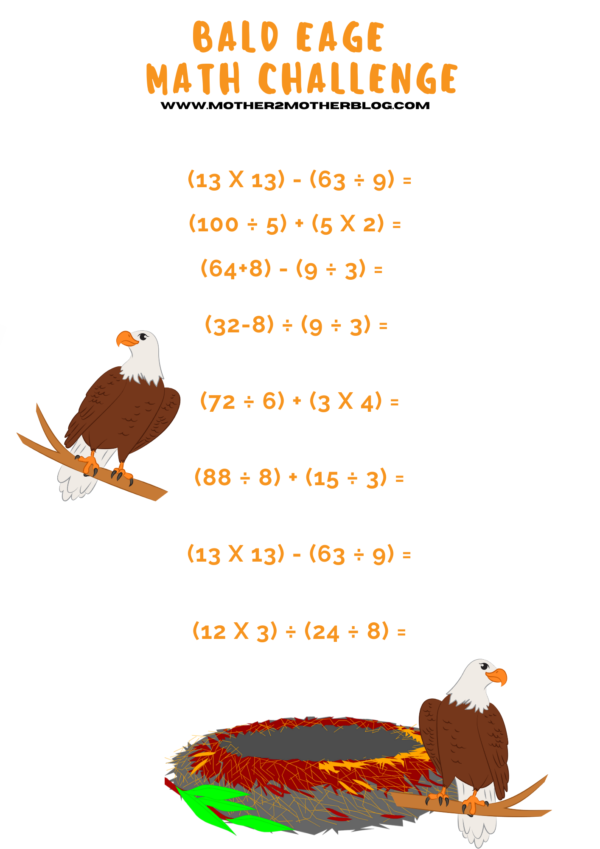
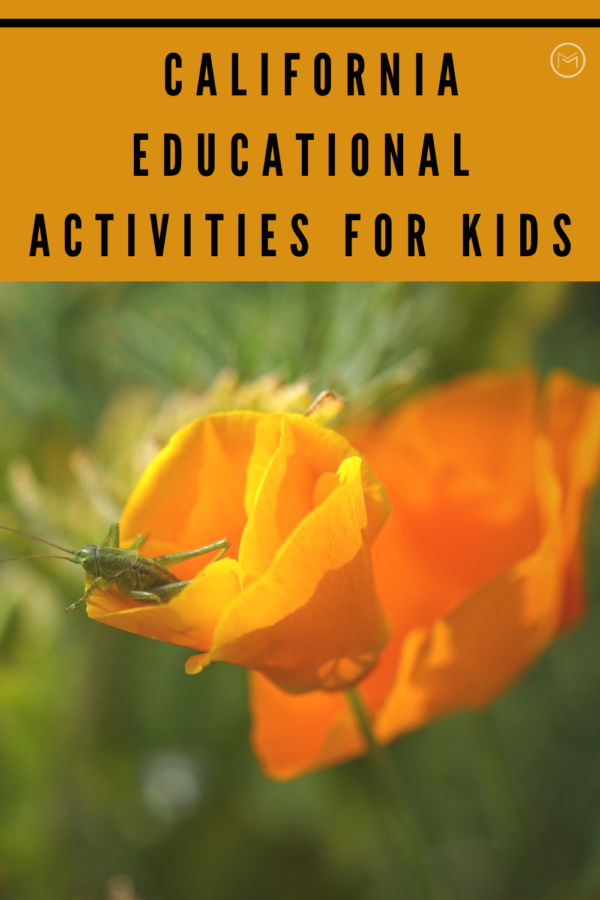
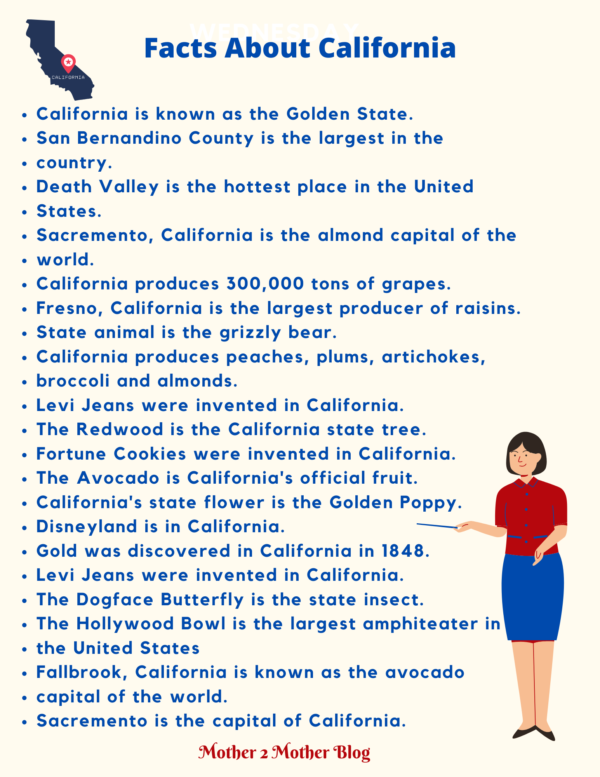
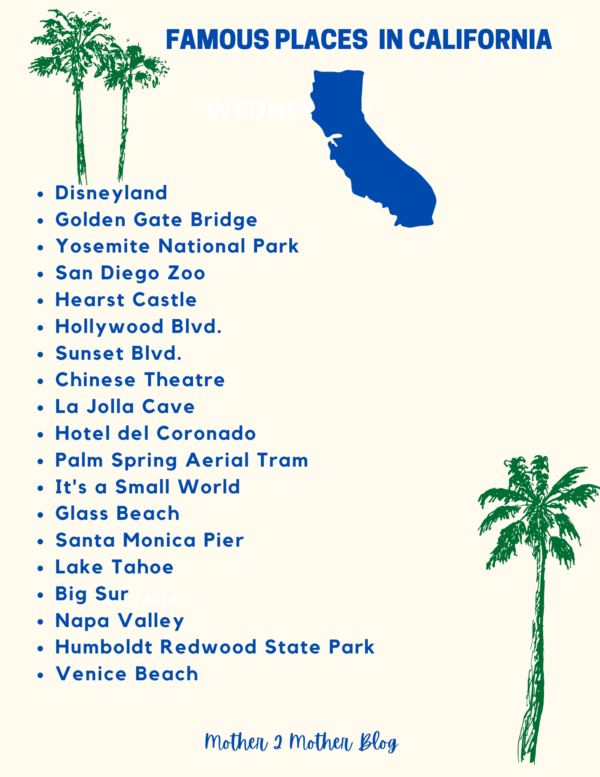
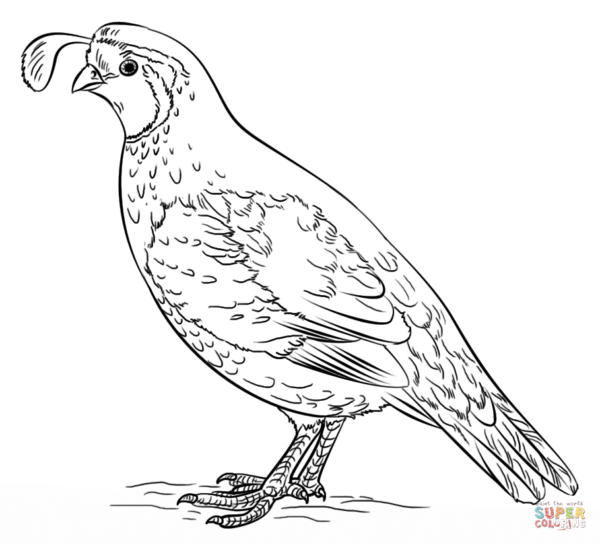
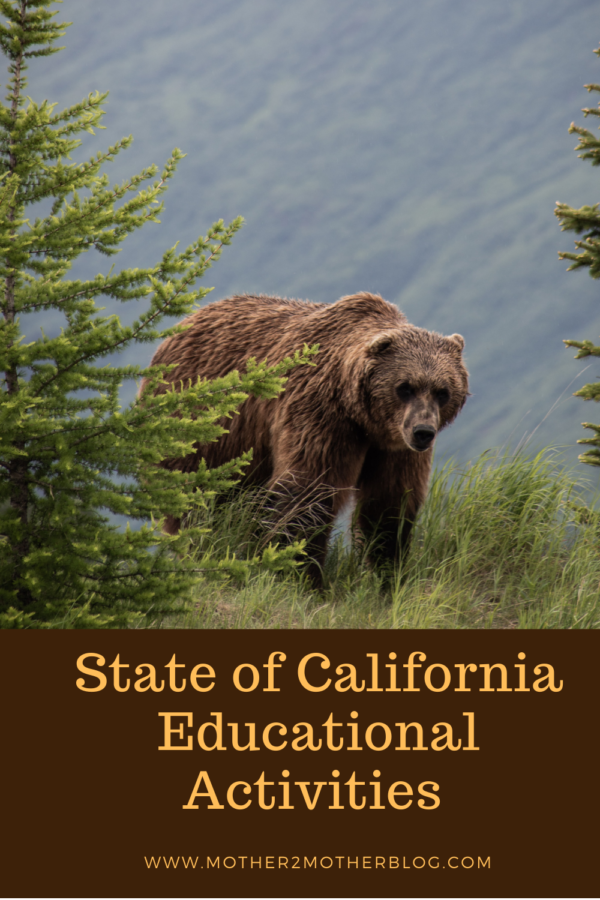
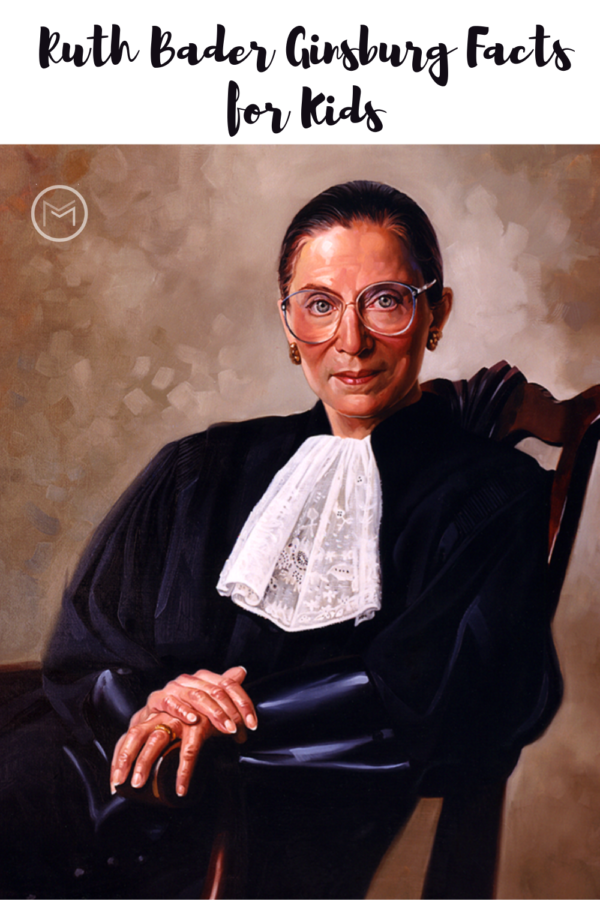
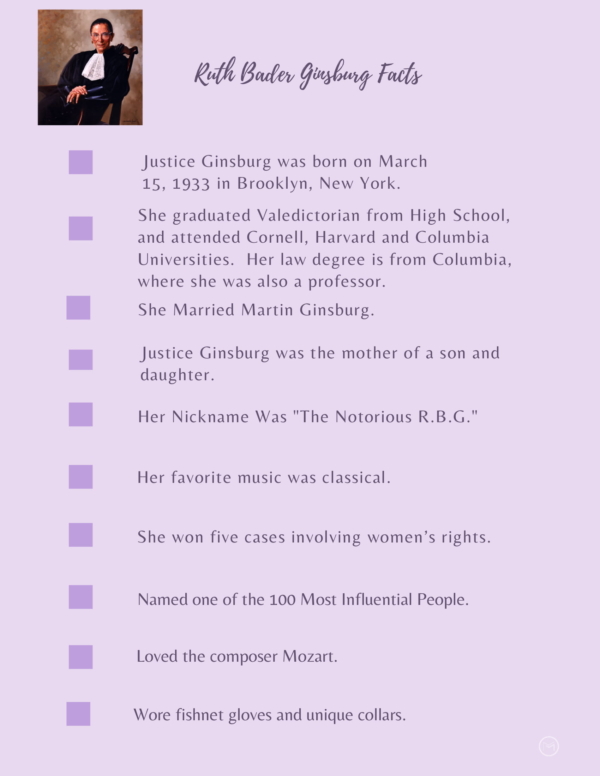
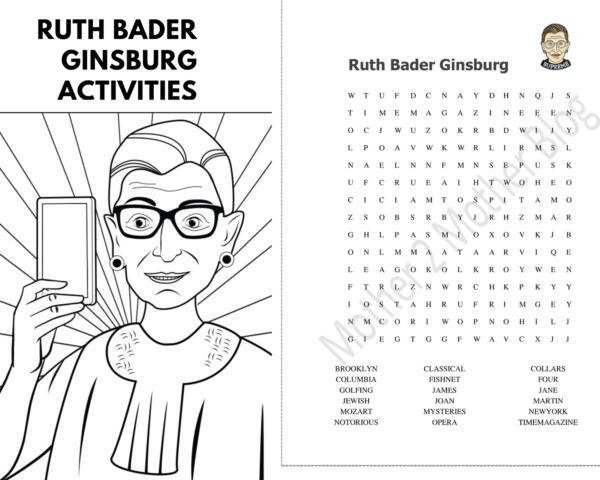
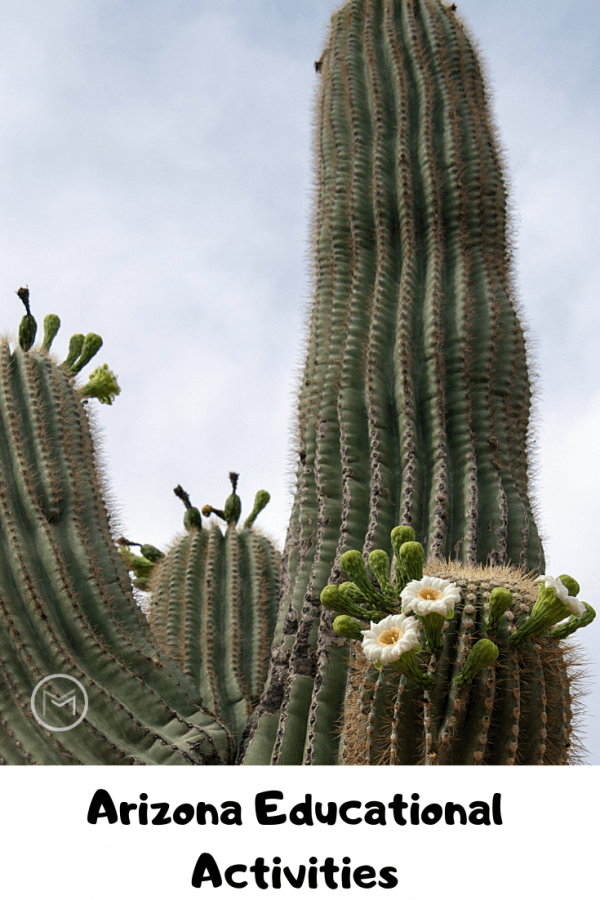
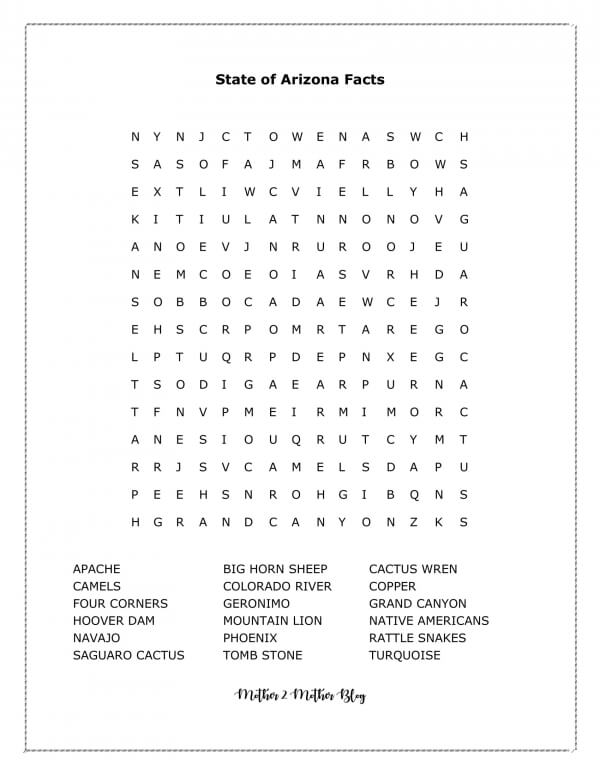
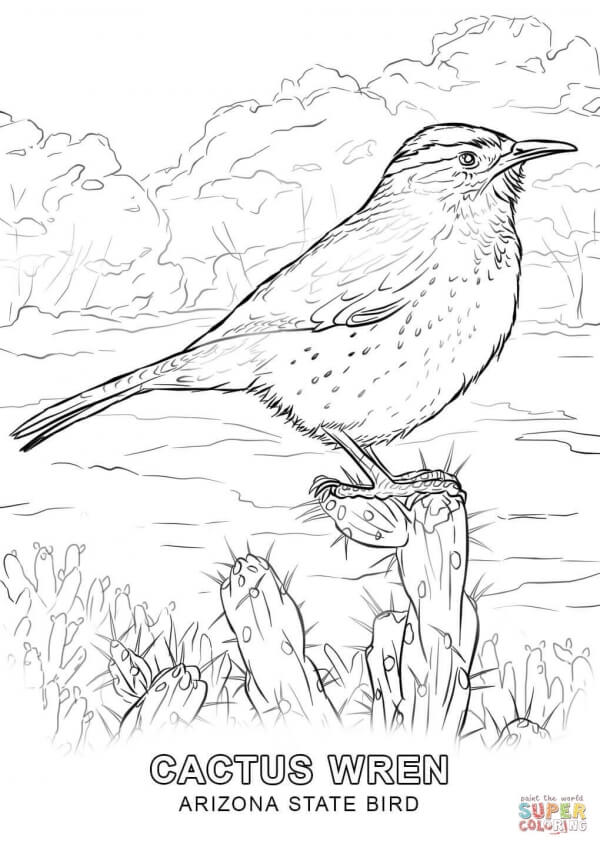
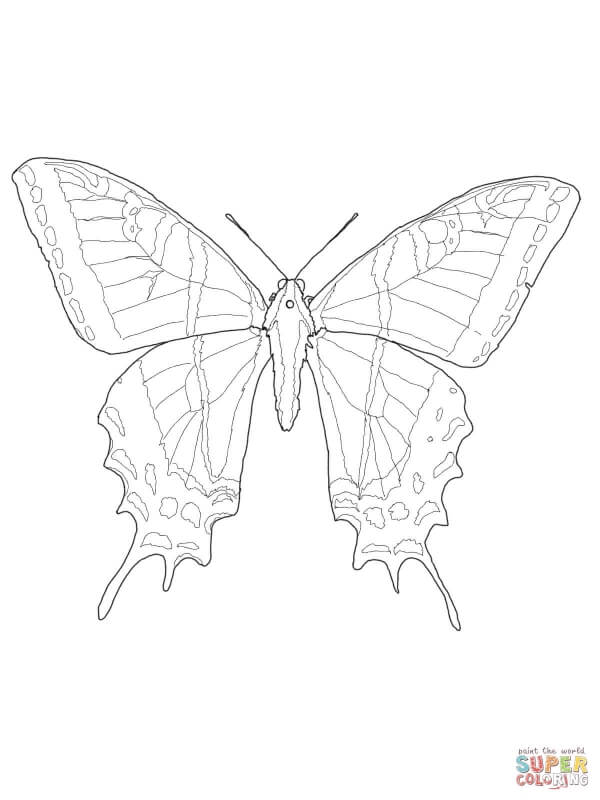

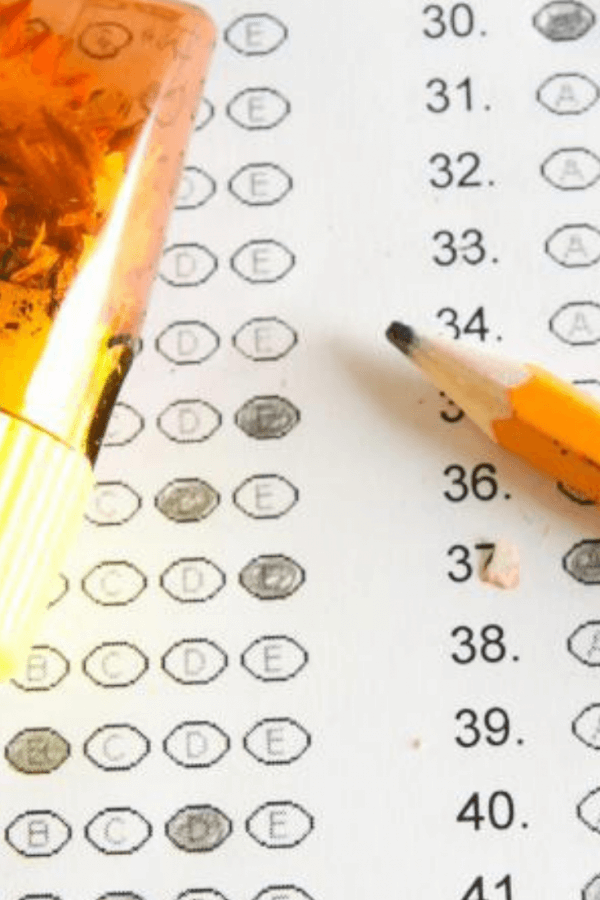
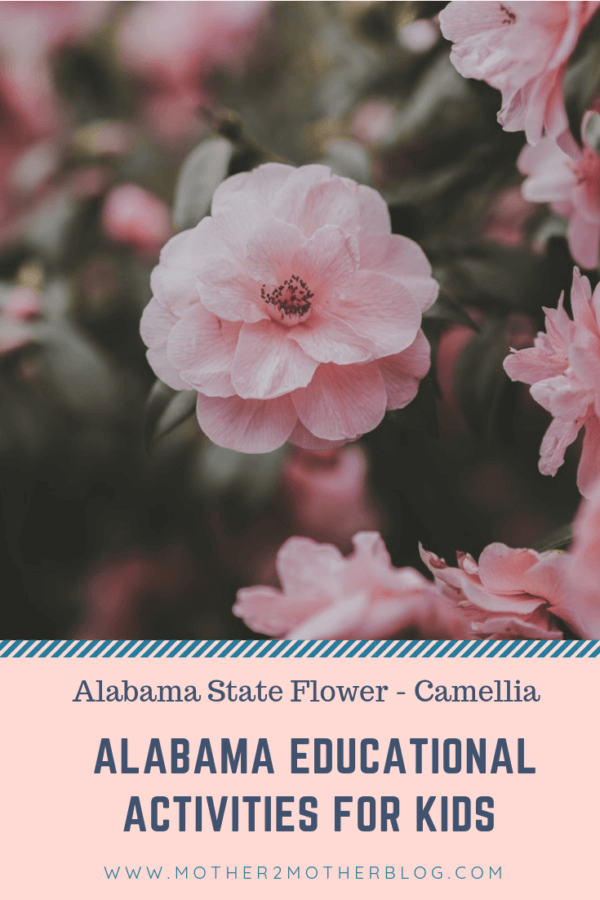
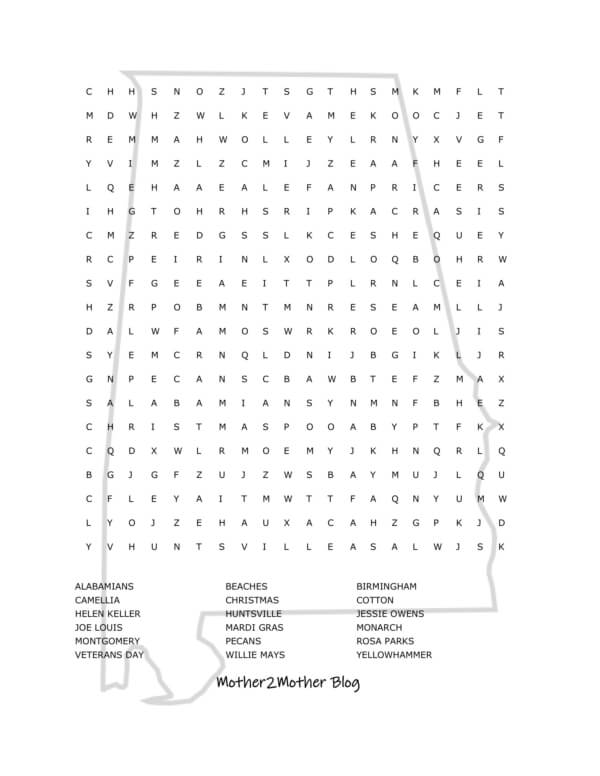 First, I created a word search puzzle. You can also find the information listed in the word search in the Alabama Fact Sheet. The word search includes famous people from Alabama, the state bird and flower and other historical facts.
First, I created a word search puzzle. You can also find the information listed in the word search in the Alabama Fact Sheet. The word search includes famous people from Alabama, the state bird and flower and other historical facts.